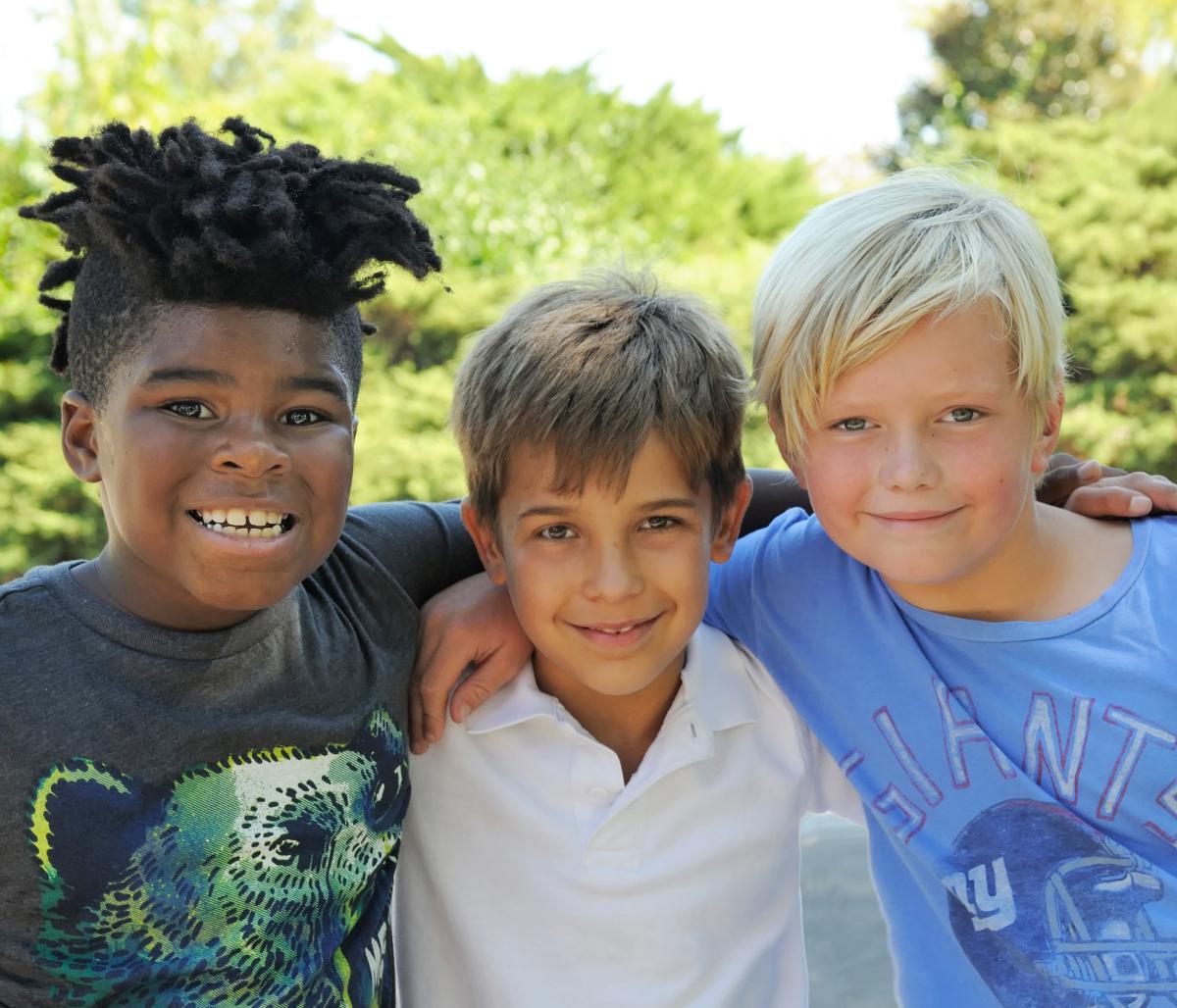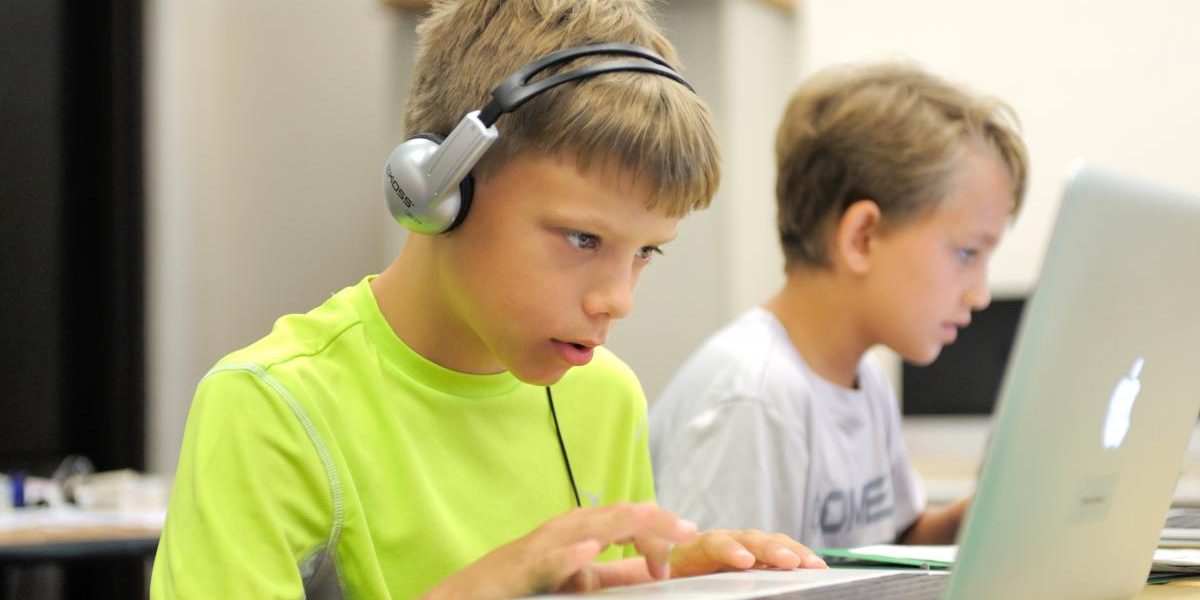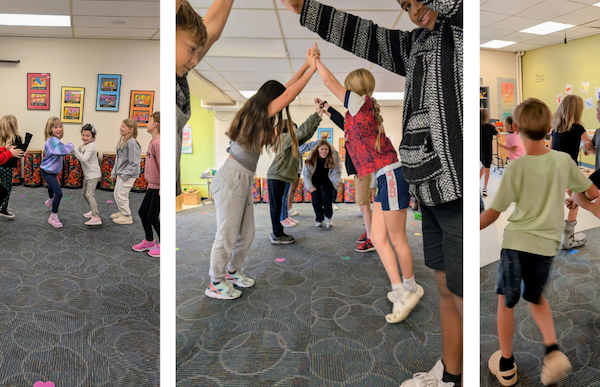
A Connection to Friends and Community
September 30, 2016
Common Myths and Facts about Learning Disabilities
October 12, 2016This month, in honor of Learning Disability Awareness Month, we will take some time to explain what a learning disability is and is not, confirming common facts and debunking some myths. But first of all, what is a learning disability, learning disorder, and learning difference? And where does dyslexia fall in all of this?
A specific learning disability is the legal term that is used in the federal Individuals with Disabilities Education Act (IDEA) and Section 504 of the Rehabilitation Act, federal laws that protect students with disabilities. IDEA defines a specific learning disability as “a disorder in one or more of the basic psychological processes involved in understanding or in using language, spoken or written, which [causes an] imperfect ability to listen, think, speak, read, write, spell, or do mathematical calculations” (United States Code (20 U.S.C. §1401 [30])). In addition, an important aspect of learning disabilities is to understand that such terms do not include learning problems that result from visual, hearing, or motor disabilities, from intellectual disabilities, from emotional disturbance, or from environmental, cultural, or economic disadvantage. Schools identify learning disabilities under this law.
A “learning disorder” is a medical term included in the fifth edition of the Diagnostic and Statistical Manual of Mental Disorders and is the term most often used in the medical community. If a student is privately evaluated outside of school for a learning issue, the term learning disorder is commonly used.
A learning difference, however, is a more informal term that is often used to describe a struggling student who has no official diagnosis. Educators and other professionals may use this term when first identifying a student who needs additional help. Many times, if struggling students are given additional help in school, they can achieve at the same level as their peers and not need continuing intervention. Other times, however, struggling students may go on to be identified as having a learning disability/disorder and begin to receive special education services to ensure ongoing support.
So what about dyslexia? Dyslexia is a type of specific learning disability that is characterized by difficulty with accurate and/or fluent word recognition, poor spelling and decoding abilities, and deficits with phonological awareness (awareness of the sound structure of words). The term dyslexia is included in IDEA mentioned above, and is a term that both schools and private practitioners may use to describe this specific type of reading learning disability/disorder.

Springer School and Center’s mission is to empower students with learning disabilities to lead successful lives. Springer teachers know that while students with learning disabilities will most likely have more difficulty in school than those without, effective instruction and accommodations can promote success. Next week, I will discuss more common myths and facts regarding learning disabilities.
Blogger Stephanie Dunne, Ed.S., is the Center Director at Springer School and Center. Prior to coming to Springer, Stephanie practiced as a school psychologist in public and private schools for ten years. If you have questions, please contact Director of Learning Programs Carmen Mendoza at .




